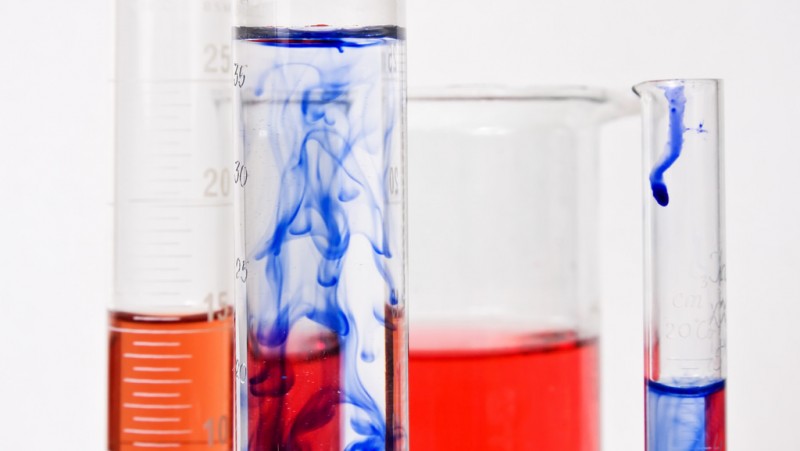How many times have you heard that organic foods do not contain more nutrients than non-organic foods? So why bother paying all that extra money for organic? Well, putting aside the nutritional component of organic produce for a moment, the chemicals and pesticides you are eating when you ingest non-organic foods have been associated with cancer, nervous system disorders, and other serious health problems. We appreciate TV host, speaker, chef, author, Andrea Beaman’s take on it. She says these chemicals kill bugs and the only difference between bugs and us is size. Eventually they’ll kill us too.
Are you still wondering, “why bother?”now?!
Best organic choices:
Here is a list of the foods most likely affected by pesticides:
(originally referred to as the “Dirty Dozen” but now there are more than a dozen!)
- Green Beans
- Leafy Greens (kale, collard greens)
- Potatoes
- Blueberries
- Cucumbers
- Lettuce
- Spinach
- Grapes
- Nectarines
- Strawberries
- Peaches
- Red Peppers
- Celery
- Apples (THE WORST!)
- Teas and Spices
What you can get away with:
These “Clean Fifteen” foods are those, least likely, to hold pesticide residues:
- Asparagus
- Avocado
- Cabbage
- Cantaloupe (domestic)
- Eggplant
- Grapefruit
- Kiwi
- Mangoes
- Mushrooms
- Onions
- Pineapple
- Sweet Corn
- Sweet Peas
- Sweet Potato
- Watermelon
How to avoid toxins all together?
To avoid toxins and pesticides, the best of all bests is to plant your own garden if you have the time and space. If this isn’t possible, the next best option is to buy organic and in season from local farmers. If this is out of the question financially, buy as much organic as you can, keeping the Dirty Dozen in mind; and check out the section on “Detoxification” in our latest book The Power of Healthy Living. You’ll find there are many ways to help eliminate some of these toxins from your body.
Researchers have started tracking the nutrient components of organic versus non-organic produce, and the findings weigh very heavily in favor of organic. For example, tests show that organic tomatoes have as much as 55 percent more vitamin C than non-organic tomatoes. In 2005 a team of Newcastle University researchers found that organically produced food had higher levels of specific antioxidants and lower mycotoxin levels than conventional samples. The study found organic crops are up to 60 percent higher in a number of key antioxidants than conventionally grown ones. Professor Carlos Leifert, lead author of the study, said in the October 2014 issue of What Doctors Don’t Tell You, there are “statistically significant meaningful” differences between organic and standard produce, with organic having from 19 to 69 percent more antioxidants. One other study showed substantially higher levels of minerals.
Organic is not only better for your body, it’s also much better for your planet. Studies have shown that organic farming uses less energy, less water, and no chemicals. That means less erosion, maintained soil quality, and more conserved biological resources. As well, new reports show that current yields from some organic crops are exceeding those of non-organic crops.
For more detailed information on Organic Eating, pick up your copy of the Recipes for Life Boxed Set.
Access your complementary recipe here.
Health Coach Rita Thomas and Chef Erin Holm hope to inspire families, friends and communities to live happier, healthier and more delicious lives.




